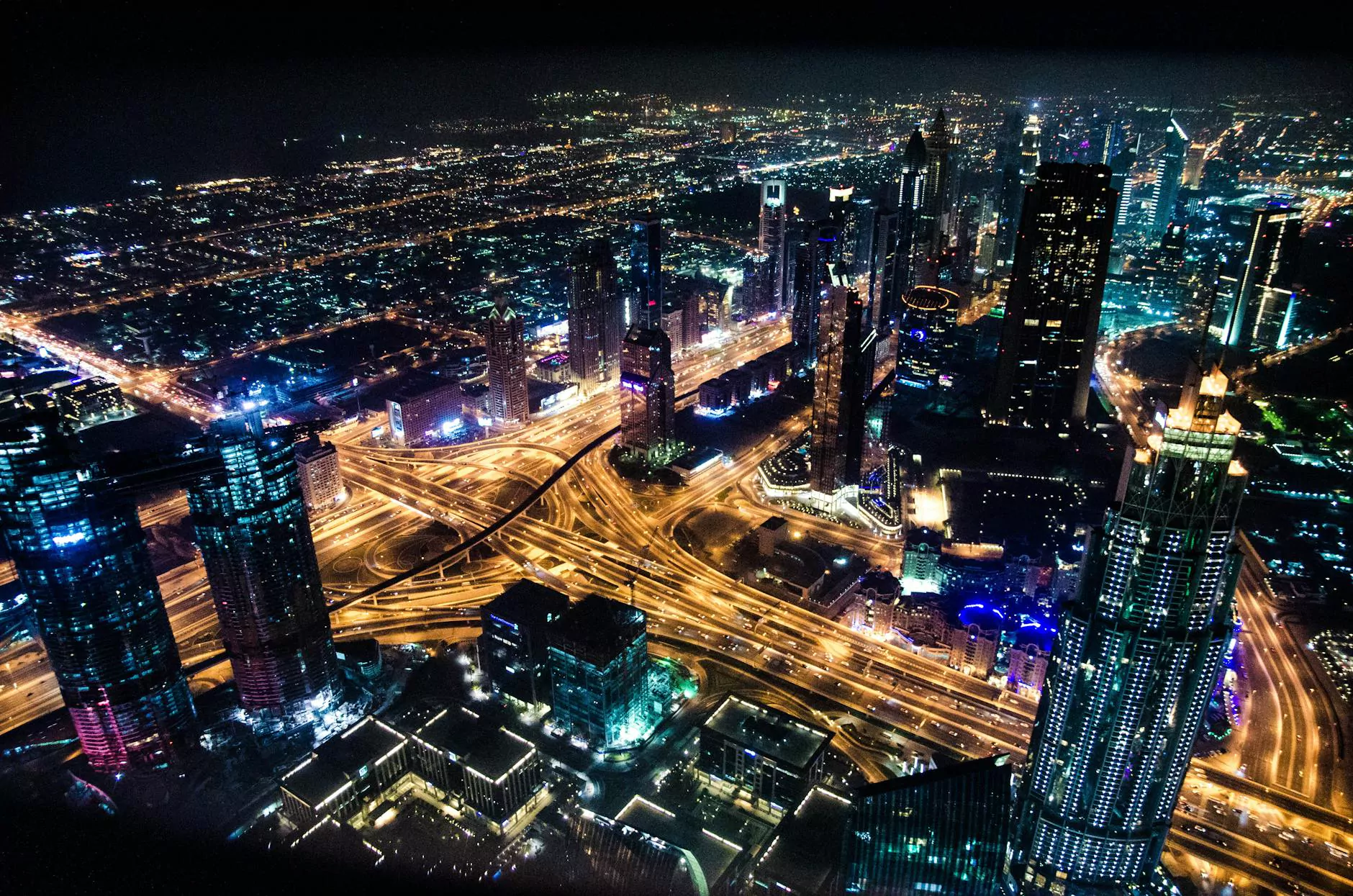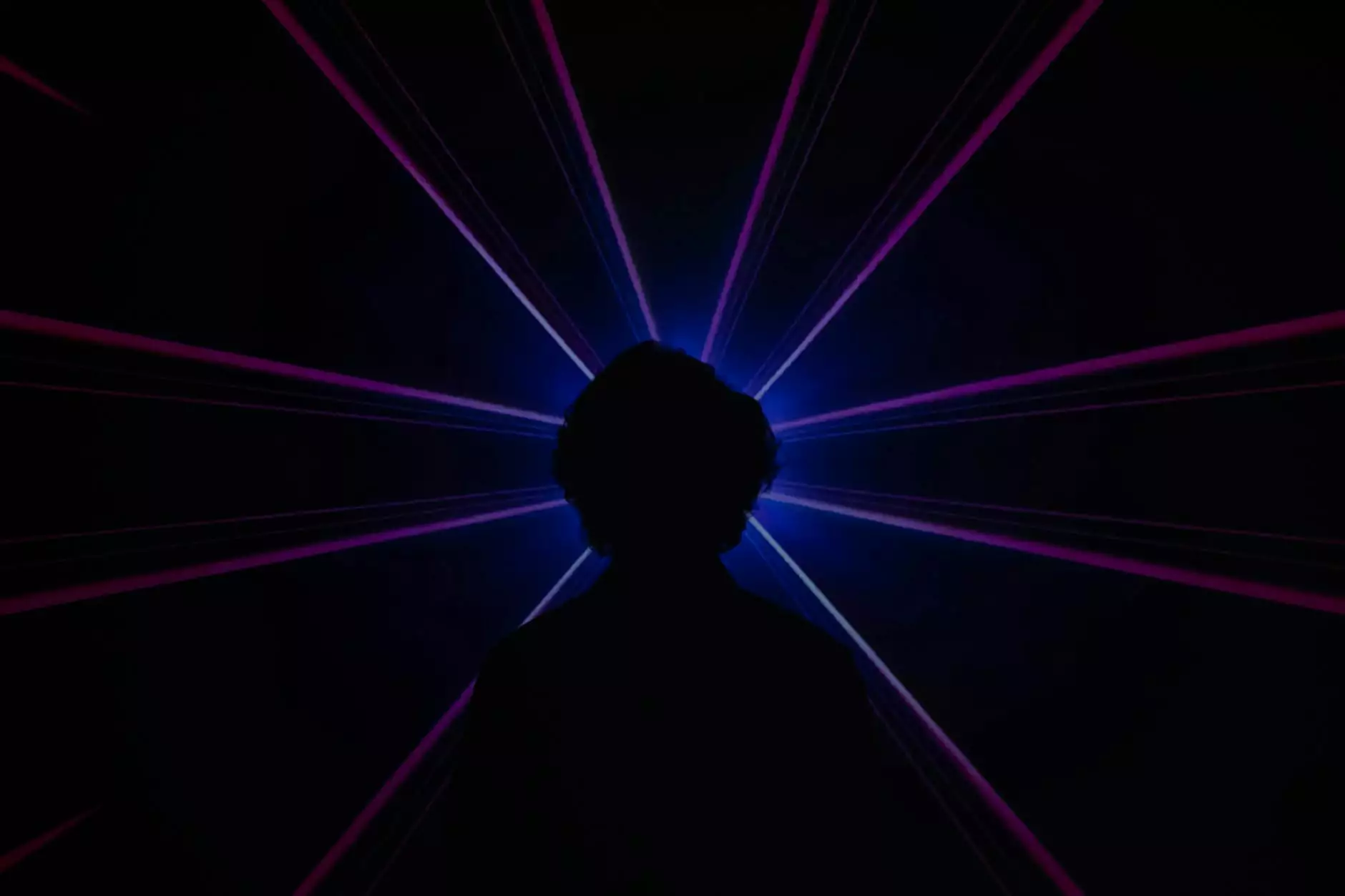The Magic of Site-Specific Light Art: Transforming Spaces

Site-specific light art has emerged as one of the most innovative and breathtaking forms of contemporary art. It is an artistic approach where light is not just a medium but an integral part of the environment it inhabits. This article delves deep into the essence of site-specific light art, exploring its history, impact, and why it is essential in today’s art landscape.
What is Site-Specific Light Art?
At its core, site-specific light art refers to installations that use light as a key component, specifically designed for a particular location. Unlike traditional art forms that may be displayed in various settings, site-specific works create an interactive dialogue between the artwork and the location, enhancing the viewer's experience and perception of the space.
The Evolution of Light as an Artistic Medium
The journey of light as an artistic medium can be traced back to the advent of electrical lighting and the industrial revolution. Artists began exploring the potential of artificial light, pushing boundaries and expanding imagination. This development paved the way for contemporary practices where light is manipulated to produce emotional and sensory experiences.
Historical Milestones
- Early 20th Century: The use of neon lights began to rise, becoming significant in art and commercial signage.
- 1960s: Artists like Dan Flavin experimented with fluorescent light, celebrating the medium's industrial nature.
- 1990s: The emergence of large-scale light installation artists, such as James Turrell and Olafur Eliasson, marked a pivotal moment in site-specific light art.
Understanding the Impact of Light on Space
The transformative power of light in art cannot be understated. It can alter perceptions, highlight architectural features, and create immersive experiences. When artists harness the qualities of light, they transcend conventional expectations and prompt audiences to engage with their surroundings in new and profound ways.
Creative Uses of Light
Site-specific light art is characterized by its creative application of light in various forms:
- Projection: Utilizing projected images or animations, artists can transform blank walls into dazzling narratives.
- LED Installations: The advancement of LED technology allows for dynamic, interactive installations that change in response to viewers.
- Natural Light: Some artists design pieces that interact with sunlight, using architectural elements to refract and disperse light, creating natural artistry.
Site-Specific Light Art Around the World
Many artists have contributed to the global phenomenon of site-specific light art. Their creations invite viewers to experience familiar places in unfamiliar ways. Below are noteworthy examples from various locations:
1. The "Illuminate" Festival, Australia
The annual "Illuminate" festival in Adelaide showcases countless site-specific light installations, where local and international artists illuminate the city with spectacular light art. The festival attracts thousands of visitors and encourages a vibrant arts community.
2. "The Hive," UK
Located at Kew Gardens in London, "The Hive" is a stunning installation that responds to the sound of bees, using light and sound to mimic their activity. This piece connects environmental awareness with art, making viewers think about nature and conservation.
3. "Luminous Path," USA
In various cities across the United States, artists create pathways illuminated by intricate light designs, guiding people through parks and urban landscapes, merging art with navigation in stunning visual experiences.
Grimanesa Amoros: A Pioneer in Site-Specific Light Art
One of the leading figures in the realm of site-specific light art is Grimanesa Amoros. Her work transcends conventional light installations, infusing cultural narratives and personal stories into her creations. Grimanesa’s pieces often reflect themes of identity, community, and the relationship between nature and technology.
Innovative Works
Grimanesa’s signature style involves using light to tell stories. She combines technology with traditional elements, drawing upon her Peruvian heritage to create art that resonates deeply with her audience. Notable installations include:
- “Luminaria”: A breathtaking display that combines LED technology with community interaction.
- “Crossing the Threshold”: An installation that highlights the transition between spaces, using light as a guide.
- Outdoor Installations: Transformative light displays created specifically for urban settings, engaging the community in unique ways.
The Emotional Connection: Engaging the Viewer
One of the most impactful aspects of site-specific light art is its ability to forge emotional connections between the art and the audience. Light not only reveals the physical aspects of the artwork but also evokes feelings and memories. This connection is crucial in ensuring that art resonates with people beyond aesthetics.
How Site-Specific Light Art Engages
Artists leverage light's ability to:
- Alter Mood: Different colors and intensities of light can evoke a wide range of emotions.
- Create Reflection: Many installations encourage viewers to reflect on their personal experiences and how they relate to the space.
- Invite Interaction: Interactive light installations engage audiences directly, inviting them to become part of the art.
The Future of Site-Specific Light Art
As technology continues to evolve, so too will the possibilities for site-specific light art. Artists have more tools at their disposal than ever before, from augmented reality to responsive installations that change based on viewer input. The future promises exciting developments in the integration of technological advancements with artistic creativity.
Trends to Watch
Several trends are shaping the future of light art:
- Augmented Reality: Incorporating AR will allow viewers to experience art in new dimensions.
- Sustainability: An emphasis on eco-friendly materials and energy-efficient lighting solutions
- Investment in Public Spaces: Increased funding for public art projects integrating light art will transform how communities engage with art.
Conclusion: The Importance of Site-Specific Light Art
In conclusion, site-specific light art represents a remarkable confluence of creativity, technology, and emotional engagement. Its transformative capability empowers artists to redefine how we perceive space and experience art. With leaders like Grimanesa Amoros guiding the way, it is clear that the future of light art is brighter than ever.
As we move forward, the dialogue surrounding public art, community engagement, and environmental interaction will only grow stronger. Embracing site-specific light art as a vital aspect of contemporary art ensures that we not only appreciate aesthetic beauty but also foster a deeper understanding of our environment and our collective humanity.









